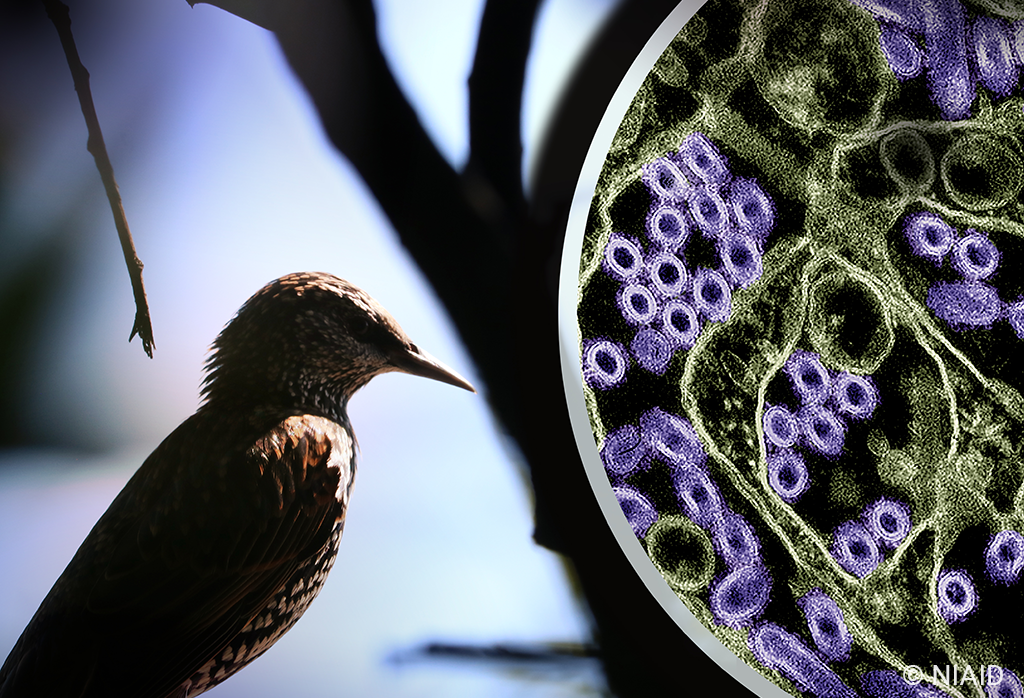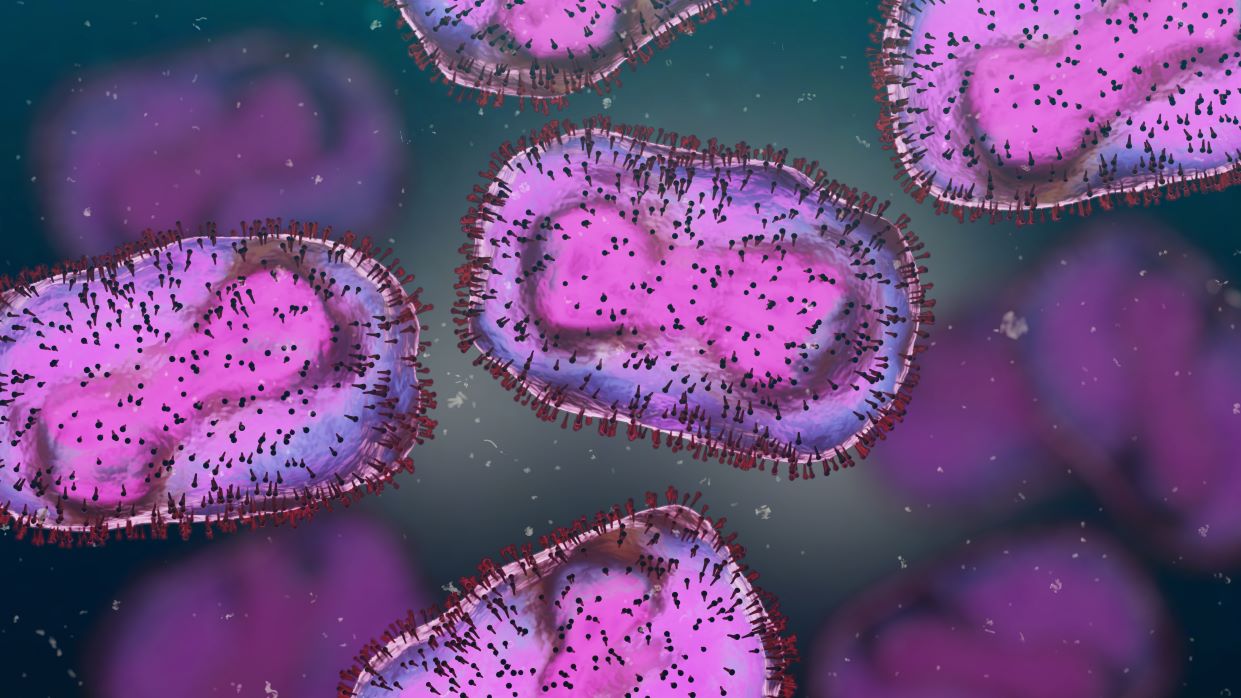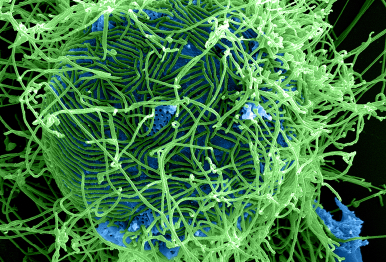
Avian Influenza A (H5N1) Emergence Unit
Status: active - level 1
Last updated on 19 December 2025
Key facts
- Avian influenza A(H5N1) is an infectious disease caused by an influenza A virus.
- From January 1, 2003, to September 29, 2025, 991 human cases of avian influenza A(H5N1) and 476 deaths (case fatality rate of 48%) were reported to the WHO in 24 countries.
- Since the beginning of the year, 18 human cases of A(H5N1) have occurred in Cambodia, including 9 deaths, and 30 cases worldwide.
- No human-to-human transmission has yet been identified.
The route by which the avian influenza virus is introduced into cattle remains uncertain, potentially linked to the consumption by dairy cows of bedding soiled by infected bird droppings.
These sporadic human infections are accompanied by infections in new species of wild and domestic mammals that were previously spared. This follows a continuous circulation of the virus in wild bird colonies, leading to an unprecedented increase in the number of outbreaks in poultry farms in many countries in Africa, Asia, Europe and North America.
Learn more about EmergenceFollow the latest scientific news on the subject
As part of the ANRS MIE Emergence program, the agency publishes a monthly scientific review on avian influenza A (H5N1), providing updates on the most recent research findings.




